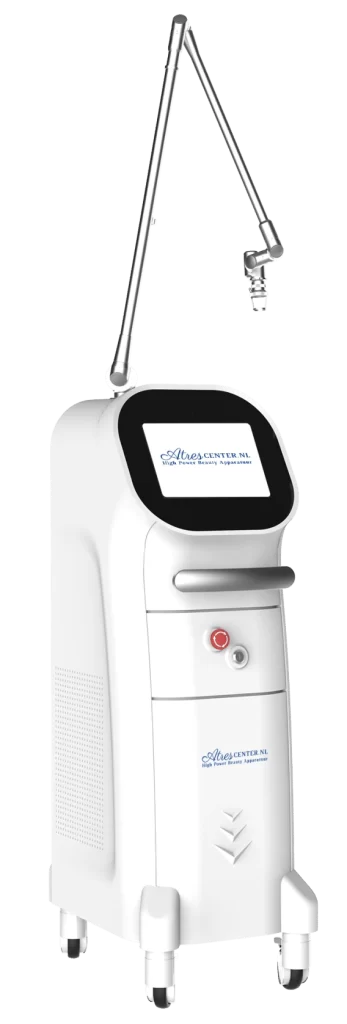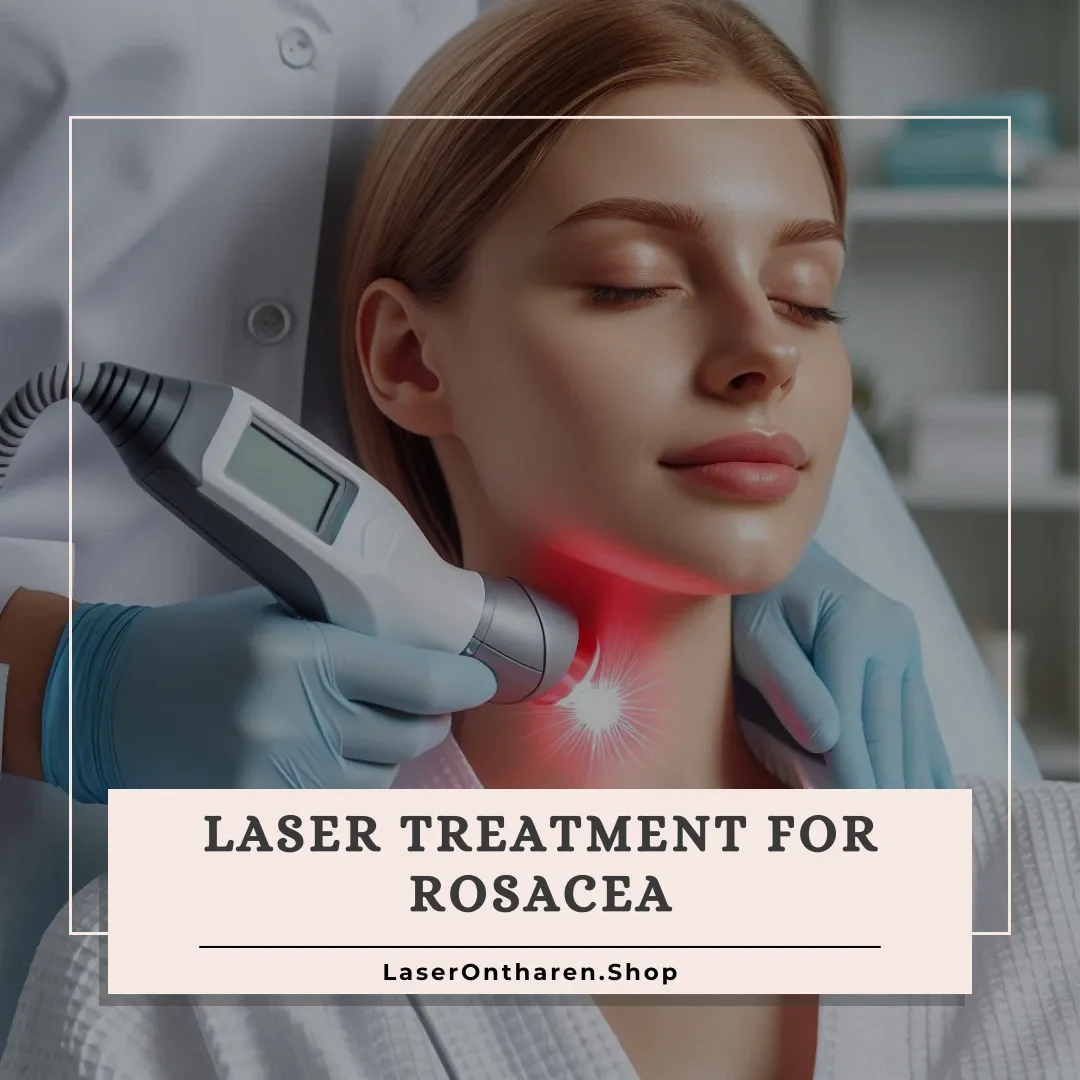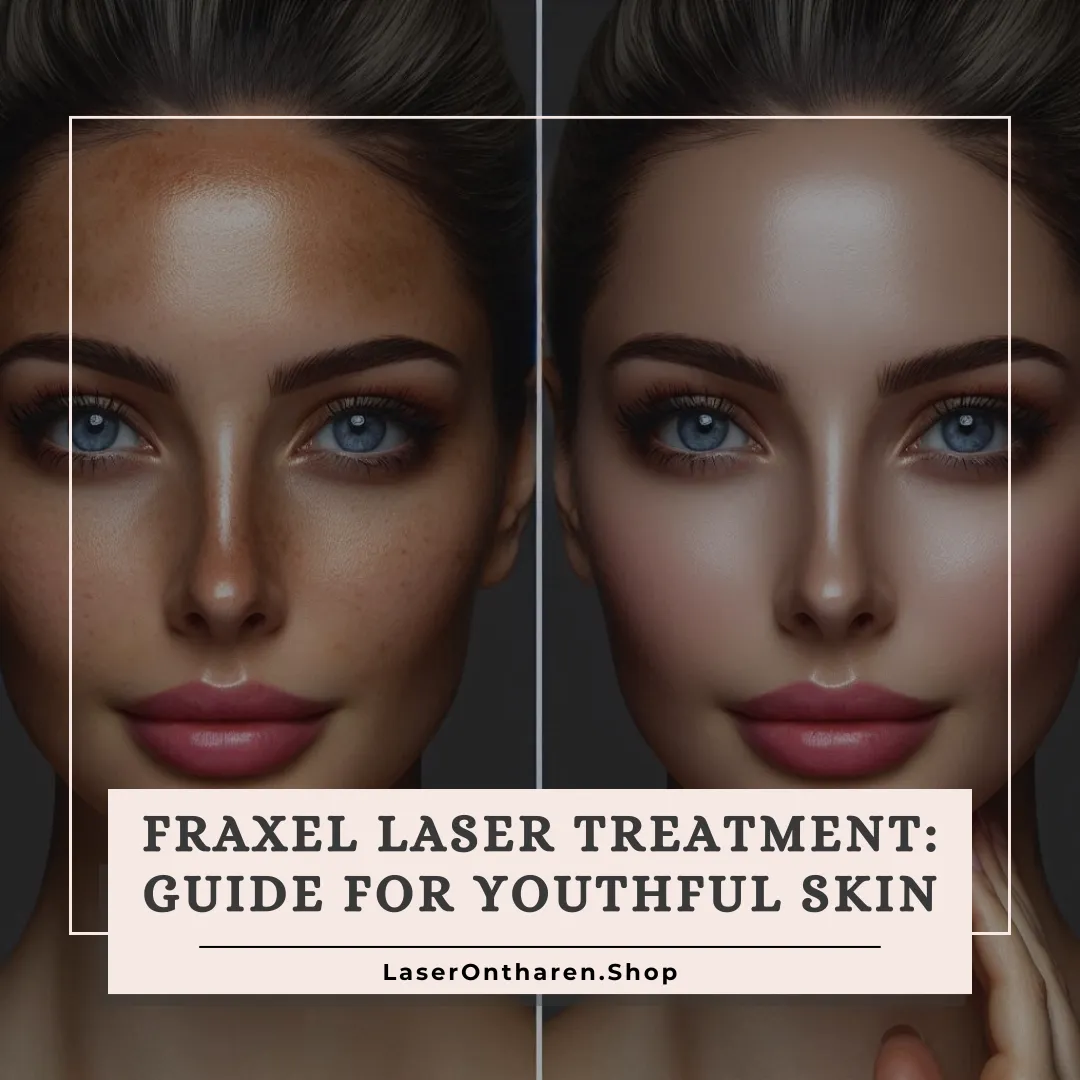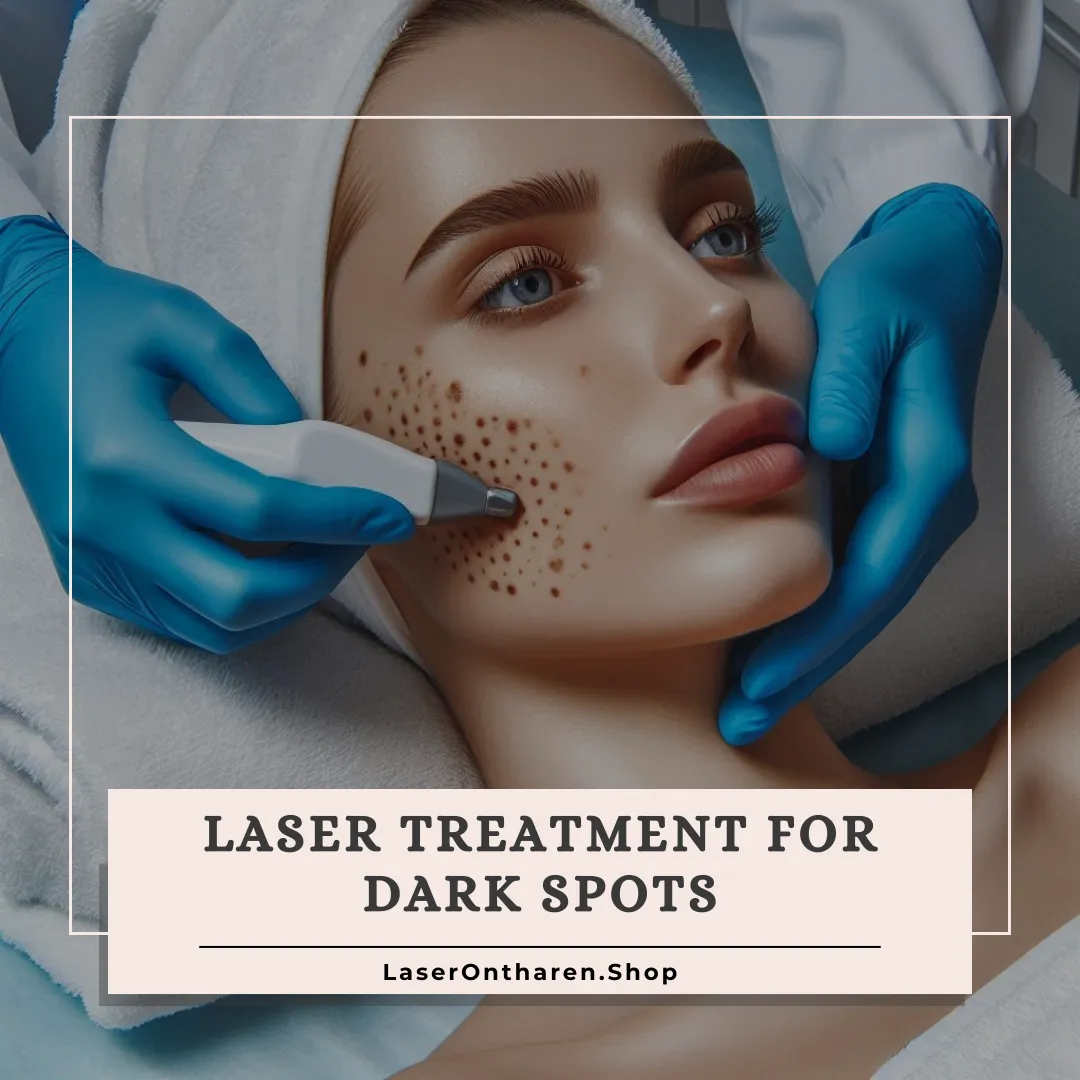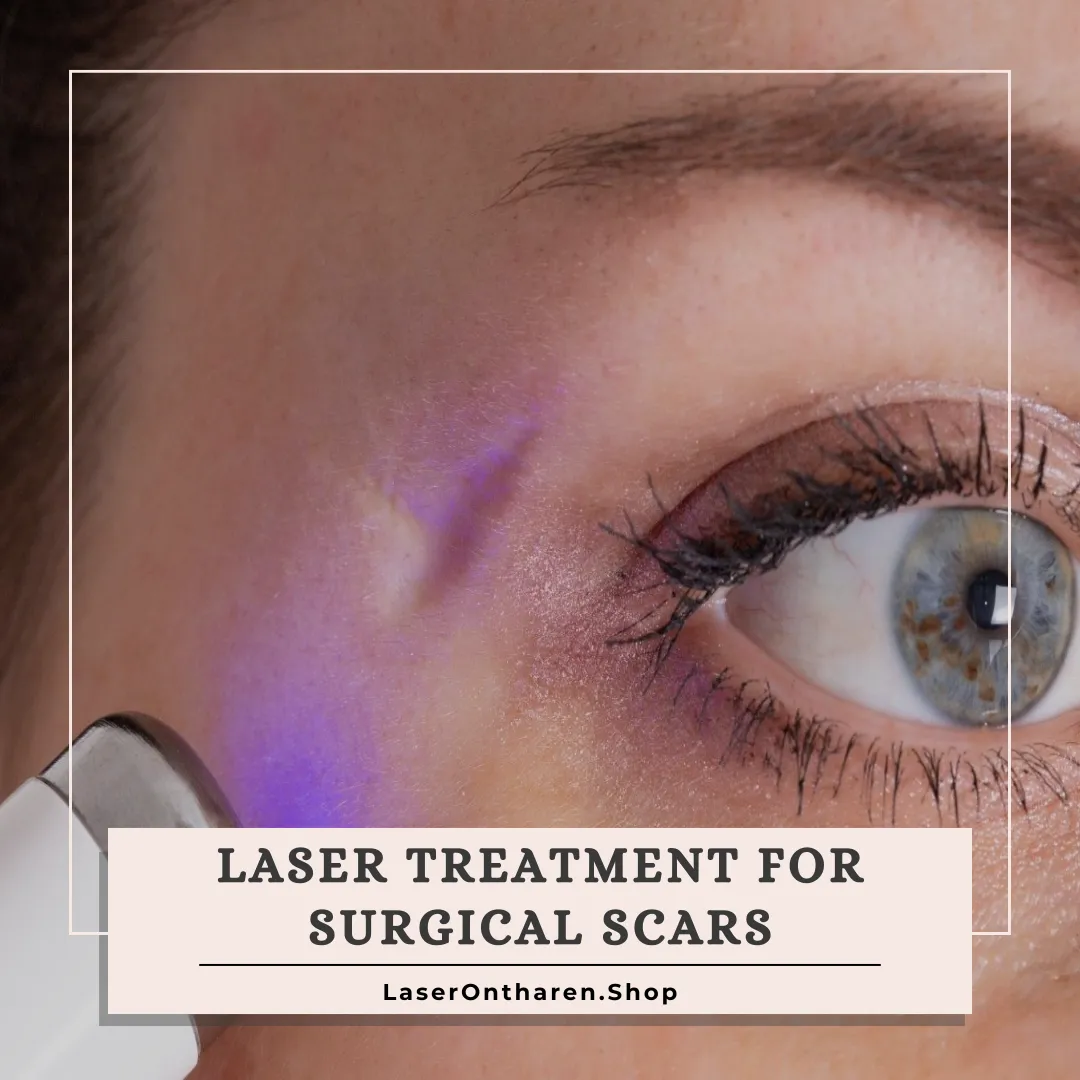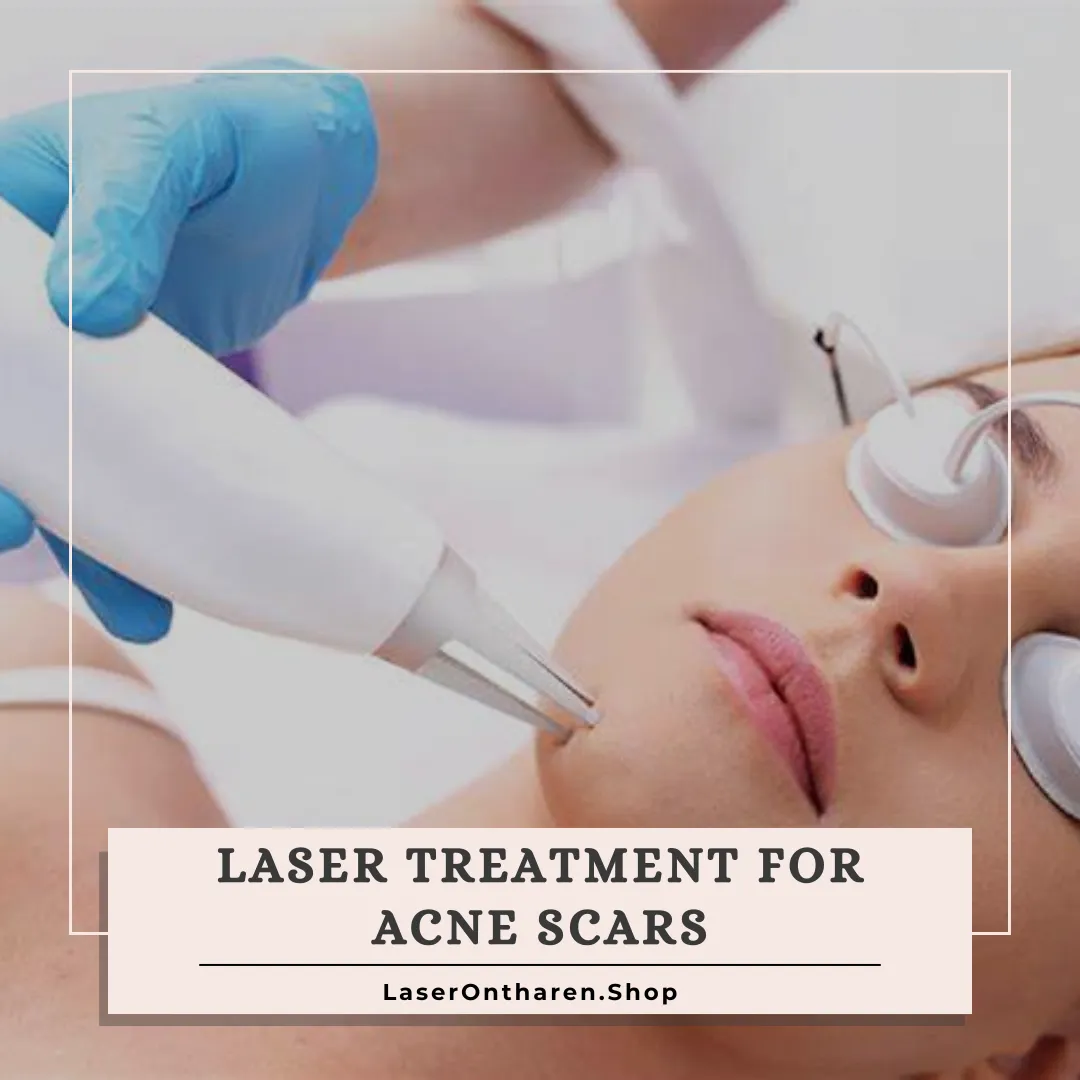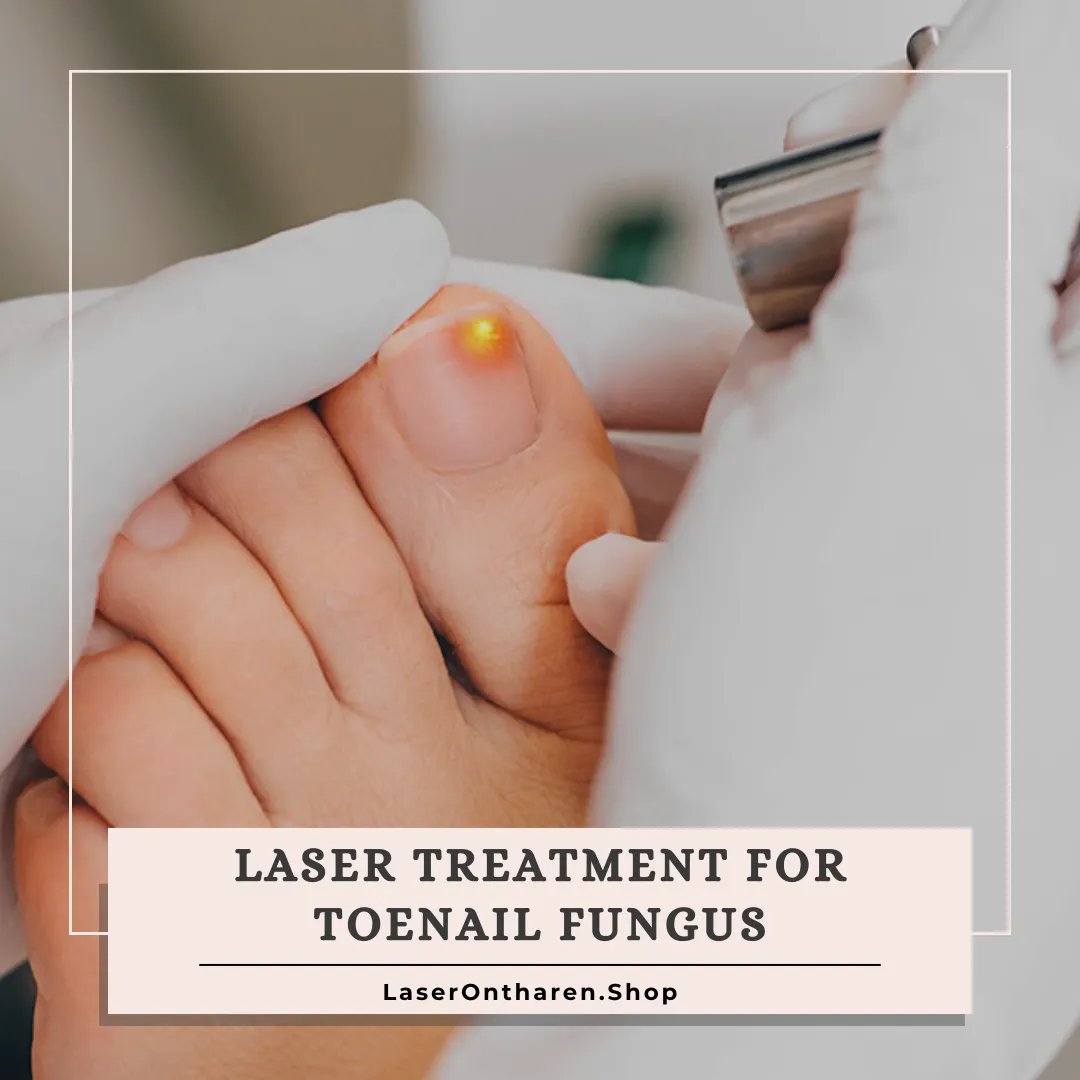What is CO2 Laser?
Did you know that CO2 laser technology is one of the most advanced skin resurfacing techniques in modern dermatology?
This cutting-edge method employs carbon dioxide to produce focused, high-energy light beams.
These beams are remarkably efficient in targeting and treating various skin imperfections.
The CO2 laser stands out for its precision, making it a go-to option for dermatologists and cosmetic surgeons.
Key Features:
– High precision: Targets specific skin imperfections.
– Minimal invasion: Less invasive than traditional methods.
– Versatility: Suitable for various skin treatments.
What’s the Difference Between Ablative and Non-Ablative CO2 Lasers?
When discussing CO2 lasers, it’s crucial to differentiate between “ablative” and “non-ablative” types.
– Ablative Lasers:
Remove the top skin layer and heat the underlying skin, stimulating new collagen production. Ideal for more intensive treatments.
– Non-Ablative Lasers:
Heat targeted skin areas without removing any skin layers, offering a less invasive option with minimal downtime.
Both types play a significant role in CO2 laser resurfacing, catering to different patient needs and treatment intensities.
What Does a CO2 Laser Do?
CO2 laser resurfacing is not just about improving cosmetic appearance; it’s a process that rejuvenates the skin from within.
By stimulating collagen production, it effectively reduces signs of aging, giving the skin a more youthful and radiant appearance.
Benefits include:
– Reduction in fine lines and wrinkles.
– Improved skin texture.
– Enhanced skin tone and appearance.
What are the uses and benefits of carbon dioxide laser resurfacing?
CO2 fractional laser technology stands out in the field of dermatological treatments due to its versatility and efficacy.
What Types of Conditions Can CO2 Laser Resurfacing Treat?
This advanced technique is particularly beneficial for treating a variety of skin issues, including but not limited to:
– Fine lines and wrinkles: Especially effective around the eyes and mouth.
– Sun damage: Helps in reducing the appearance of sun spots and uneven pigmentation.
– Acne scars: Significantly reduces the visibility of scars left by acne.
– Skin texture irregularities: Improves overall skin texture, giving a smoother and more uniform look.
The benefits of CO2 fractional laser resurfacing are manifold:
– Precision: Targets specific areas without affecting surrounding tissue.
– Reduced Recovery Time: As it is less invasive than traditional methods, patients typically experience a faster recovery.
– Stimulation of Collagen Production: Promotes natural healing and rejuvenation, leading to long-lasting results.
– Customizable Treatments: Can be tailored to suit individual skin types and concerns.
How does a CO2 laser work?
The CO2 laser employs a unique mechanism to rejuvenate the skin.
Here’s how it works:
- Emission of Light Beams:
The laser emits a series of concentrated, short-pulsed light beams. - Fractional Pattern:
These beams are delivered in a fractional pattern, creating tiny microthermal zones. - Targeted Treatment:
Each light pulse treats the skin’s surface while also penetrating deeper layers, encouraging new collagen production. - Minimal Damage:
The fractional approach ensures that only a fraction of the skin is directly treated with the laser at a time, leaving surrounding areas untouched. - Natural Healing Process:
This stimulates the body’s natural healing process, leading to skin regeneration and repair.
For further details and to explore purchasing options, visit: buy co2 fractional laser.
Safety and Maintenance Guidelines for CO2 Laser Machines
To maintain the effectiveness and safety of CO2 laser machines, adhering to strict maintenance and safety protocols is critical.
Safety Guidelines
What are the basic safety considerations for CO2 laser facial resurfacing?
When conducting CO2 laser facial resurfacing, safety is paramount.
Key considerations include:
– Operator Training: Ensure that all operators are thoroughly trained in using the CO2 laser equipment.
– Protective Gear: Utilize appropriate safety gear, such as protective eyewear, to safeguard against laser exposure.
– Treatment Area Safety: Maintain a controlled environment, free from reflective surfaces and with proper ventilation.
– Patient Screening: Properly assess patient suitability for laser treatment.
– Informed Consent: Ensure patients are fully informed about the procedure, potential risks, and post-treatment care.
– Pre-Treatment Protocols: Follow necessary protocols to prepare the skin for treatment, reducing the risk of adverse reactions.
Maintenance Guidelines
What maintenance is required for clinic CO2 lasers?
Proper maintenance is crucial for the longevity and safe operation of CO2 laser resurfacing devices:
– Regular Cleaning: Keep the laser and its components clean and free from dust and debris.
– Calibration: Regularly check and calibrate the laser to ensure its proper functioning.
– Inspections: Have the laser system inspected and serviced by a qualified technician at recommended intervals.
– Software Updates: Keep the system’s software updated to ensure access to the latest features and improvements.
Types of CO2 Laser Resurfacing
CO2 laser resurfacing systems are differentiated based on their mode of delivery and intensity. The main types include:
Fully Ablative CO2 Lasers:
These lasers remove the entire surface layer of the skin, making them effective for treating more severe skin conditions like deeper wrinkles and scars. However, they require a longer recovery time.
Fractional CO2 Lasers:
Fractional lasers create microscopic holes in the skin, leaving the surrounding tissue intact. This accelerates healing and reduces downtime, making them suitable for treating fine lines, age spots, and mild to moderate skin laxity.
Pulsed CO2 Lasers:
They emit short bursts of high-energy light. This method reduces heat damage to the surrounding tissues, ideal for precise, targeted treatments.
Each type offers different benefits and is chosen based on the specific condition being treated, the desired outcome, and the patient’s skin type.
What is the Best CO2 Laser Resurfacing?
Determining the “best” CO2 laser resurfacing system hinges on several factors:
Client’s Skin Type:
Different skin types respond differently to laser treatments. For example, fractional lasers might be better suited for sensitive skin due to their less aggressive nature.
Condition Being Treated:
Deeper scars or wrinkles may require the intensity of a fully ablative laser, while milder conditions can be effectively treated with fractional or pulsed lasers.
Client’s Lifestyle and Recovery Time:
Clients willing to tolerate a longer recovery time might opt for a fully ablative treatment for more dramatic results, whereas those needing minimal downtime might prefer fractional treatments.
Previous Skin Treatments:
The client’s history with other skin treatments can also influence the choice of the laser system.
Choosing the Right CO2 Laser for Skin Clinics
When selecting a CO2 laser system for a skin clinic, consider:
- Versatility:
A system that offers adjustable settings and can treat a variety of conditions is ideal for clinics serving diverse client needs. - Ease of Use:
User-friendly interfaces and ergonomic design can enhance the efficiency and comfort of the practitioner. - Maintenance Requirements:
Systems with lower maintenance needs reduce downtime and operational costs. - Overall Efficacy:
Researching clinical studies and customer reviews can provide insights into the efficacy of different systems. - Training and Support:
Ensure that the manufacturer provides adequate training and support. - Budget and ROI:
Consider the initial investment and the potential return on investment based on the system’s capabilities and the demand for treatments in your area.
By thoroughly understanding the types, determining the best fit for specific needs, and choosing the right system, clinics can offer effective, tailored CO2 laser resurfacing treatments to their clients.
How Much Does CO2 Laser Cost?
When discussing the cost of CO2 laser resurfacing, it’s important to note that there is no one-size-fits-all answer.
The cost of CO2 laser devices can vary, reflecting their technological sophistication and brand quality.
For a premium option, consider “Laser on Tharen,” known for its advanced features and reliability.
To get the current CO2 Laser price and further information, refer to its page on this website.
Where to Buy CO2 Laser Resurfacing Device
Purchasing a CO2 laser resurfacing device is a significant investment, and it requires careful consideration. The market is flooded with a myriad of options, each promising exceptional results. However, finding a reliable supplier who offers quality equipment with proper certification and support is paramount.
For those seeking top-tier beauty laser devices, “Laser on Tharen” stands out as a distinguished provider in the industry.
At “Laser on Tharen”, we pride ourselves on offering the highest quality in beauty laser technology.
Our CO2 laser resurfacing devices are known for their precision, efficacy, and reliability, catering to the sophisticated needs of dermatologists and cosmetic professionals.

